10 Ethical Animal Sanctuaries That Are Perfect for Budget Travelers
In a world where travel is increasingly accessible, the concept of ethical tourism has gained significant traction. Ethical travel emphasizes minimizing harm to the environment, supporting local communities, and preserving cultural heritage. For budget travelers, this might seem like a daunting task, but there are numerous sanctuaries around the globe that offer affordable experiences without compromising on ethical standards. This article will guide you through ten such havens, each offering unique experiences that align with ethical travel principles. Additionally, a surprise destination awaits at the end, promising to inspire your next journey.
Sanctuary One: Costa Rica's Wildlife Refuges
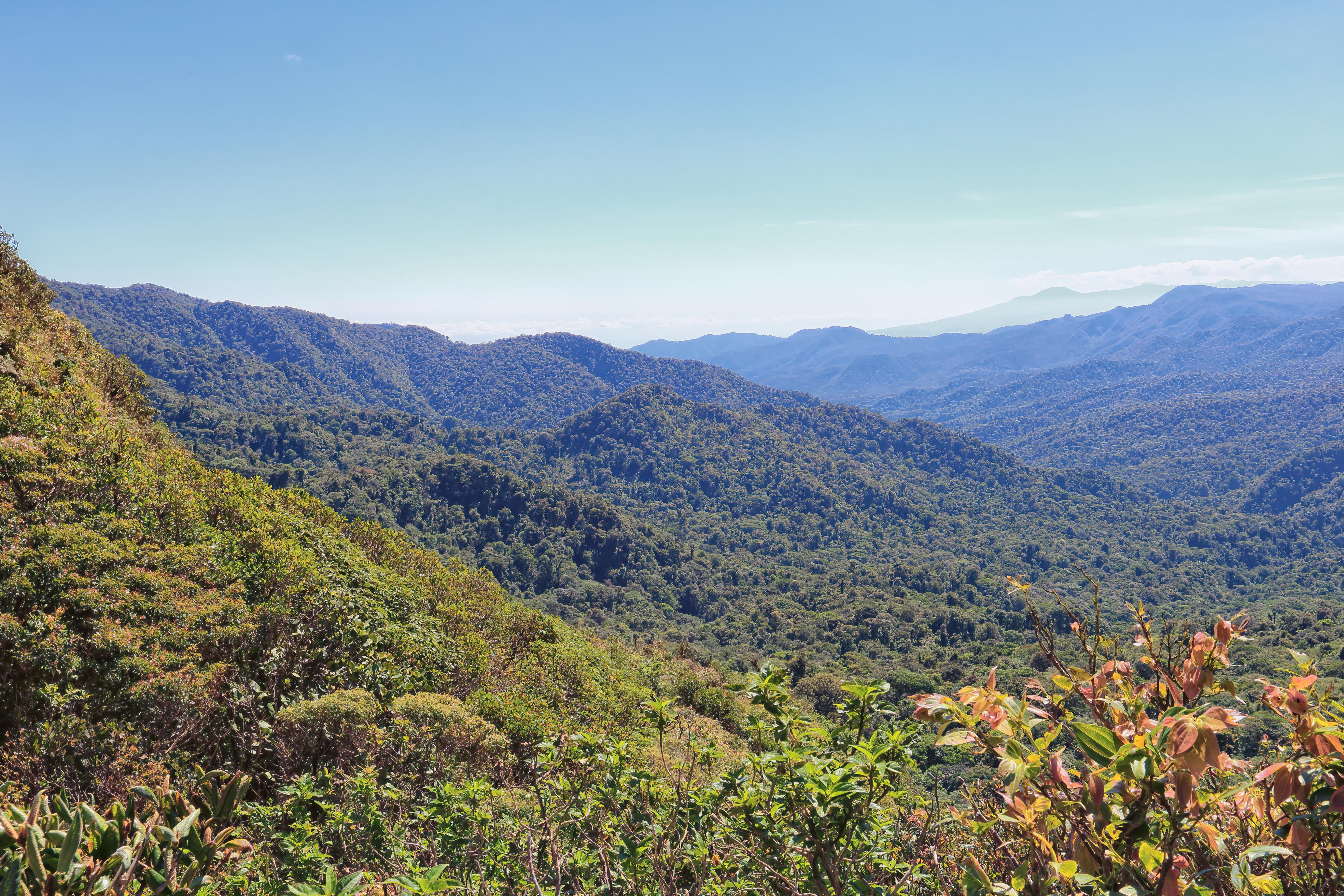
Costa Rica is a pioneer in sustainable tourism, boasting numerous wildlife refuges that protect its rich biodiversity. Sanctuaries like the Monteverde Cloud Forest Reserve offer budget-friendly entry fees and volunteer opportunities. Here, travelers can immerse themselves in lush environments while contributing to conservation efforts. Costa Rica's commitment to preserving its natural heritage is evident in its extensive network of protected areas, which cover over 25% of the country's land. These refuges provide a sanctuary for countless species, including the iconic resplendent quetzal and the elusive jaguar, making them a must-visit for any ethical traveler.
Sanctuary Two: Thailand's Elephant Nature Park

In northern Thailand, the Elephant Nature Park offers a haven for rescued elephants. This sanctuary allows budget travelers to volunteer and learn about elephant conservation firsthand. The park's ethical approach focuses on rehabilitation and education, providing a safe environment for elephants that have been abused or neglected. Visitors can participate in feeding and bathing the elephants, gaining insights into their care and well-being. The park also supports local communities by employing local staff and sourcing food locally, ensuring that tourism dollars benefit the surrounding area.
Sanctuary Three: India's Sunderbans National Park

The Sunderbans National Park, a UNESCO World Heritage site, is a sprawling mangrove forest in India, home to the endangered Bengal tiger. Budget travelers can explore this unique ecosystem through affordable guided tours that emphasize conservation and community engagement. The park's management works closely with local communities to promote sustainable tourism practices, ensuring that the benefits of tourism are shared. Visitors can enjoy boat safaris and nature walks, learning about the delicate balance of life in the mangroves and the efforts to protect this vital habitat.
Sanctuary Four: Peru's Amazon Rainforest

Peru's portion of the Amazon Rainforest is a treasure trove of biodiversity. Lodges like the Tambopata Research Center offer budget-friendly stays that include guided tours and educational programs. Travelers can explore the rainforest's wonders while supporting conservation initiatives that protect this critical ecosystem. The lodges employ local guides, providing employment opportunities and fostering a deeper understanding of the rainforest's importance. Visitors leave with a greater appreciation for the Amazon's complexity and the urgent need for its preservation.
Sanctuary Five: South Africa's Cheetah Outreach

Cheetah Outreach in South Africa is dedicated to the conservation of cheetahs and their habitats. This sanctuary offers budget-friendly tours and volunteer opportunities, allowing travelers to learn about cheetah conservation efforts. The center focuses on education and community involvement, working with local farmers to promote coexistence with wildlife. Visitors can interact with ambassador cheetahs and participate in educational programs that highlight the challenges facing these magnificent creatures. By supporting Cheetah Outreach, travelers contribute to the preservation of one of Africa's most iconic species.
Sanctuary Six: New Zealand's Zealandia Eco-Sanctuary
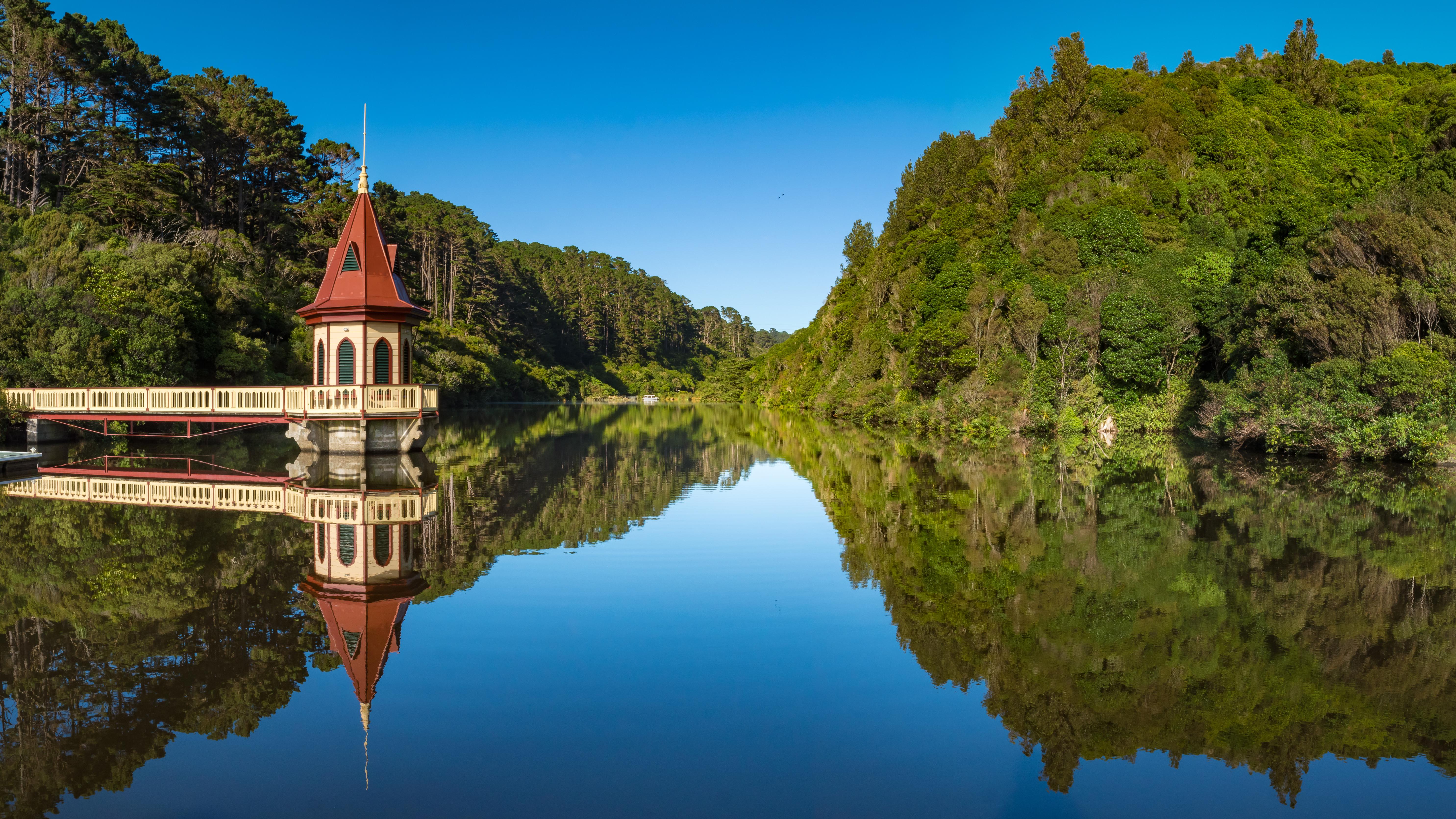
Zealandia, an eco-sanctuary in Wellington, New Zealand, is a groundbreaking conservation project that aims to restore native biodiversity. Budget travelers can explore this urban sanctuary through affordable tours that showcase New Zealand's unique flora and fauna. Zealandia's innovative approach includes a predator-proof fence that has allowed native species to thrive. Visitors can witness the resurgence of species like the kiwi and the tuatara, gaining insights into the challenges and successes of conservation efforts. The sanctuary also offers night tours, providing a unique perspective on the nocturnal activities of its inhabitants.
Sanctuary Seven: Kenya's Maasai Mara Conservancies

The Maasai Mara Conservancies in Kenya offer a sustainable alternative to traditional safari tourism. Budget travelers can experience the iconic wildlife of the Maasai Mara through community-based conservancies that prioritize conservation and community benefits. These conservancies are managed in partnership with local Maasai communities, ensuring that tourism revenues support local development and conservation efforts. Visitors can enjoy guided safaris and cultural experiences, gaining a deeper understanding of the Maasai culture and the importance of preserving this iconic landscape.
Sanctuary Eight: Ecuador's Galápagos Islands

The Galápagos Islands are renowned for their unique biodiversity and historical significance in the study of evolution. Budget travelers can explore this natural wonder through affordable tours that emphasize conservation and responsible tourism. The Galápagos National Park and Marine Reserve are committed to preserving the islands' fragile ecosystems, and visitors are encouraged to adhere to strict guidelines to minimize their impact. By choosing eco-friendly tour operators and accommodations, travelers can enjoy the islands' natural beauty while supporting efforts to protect this UNESCO World Heritage site for future generations.
Sanctuary Nine: Romania's Carpathian Mountains
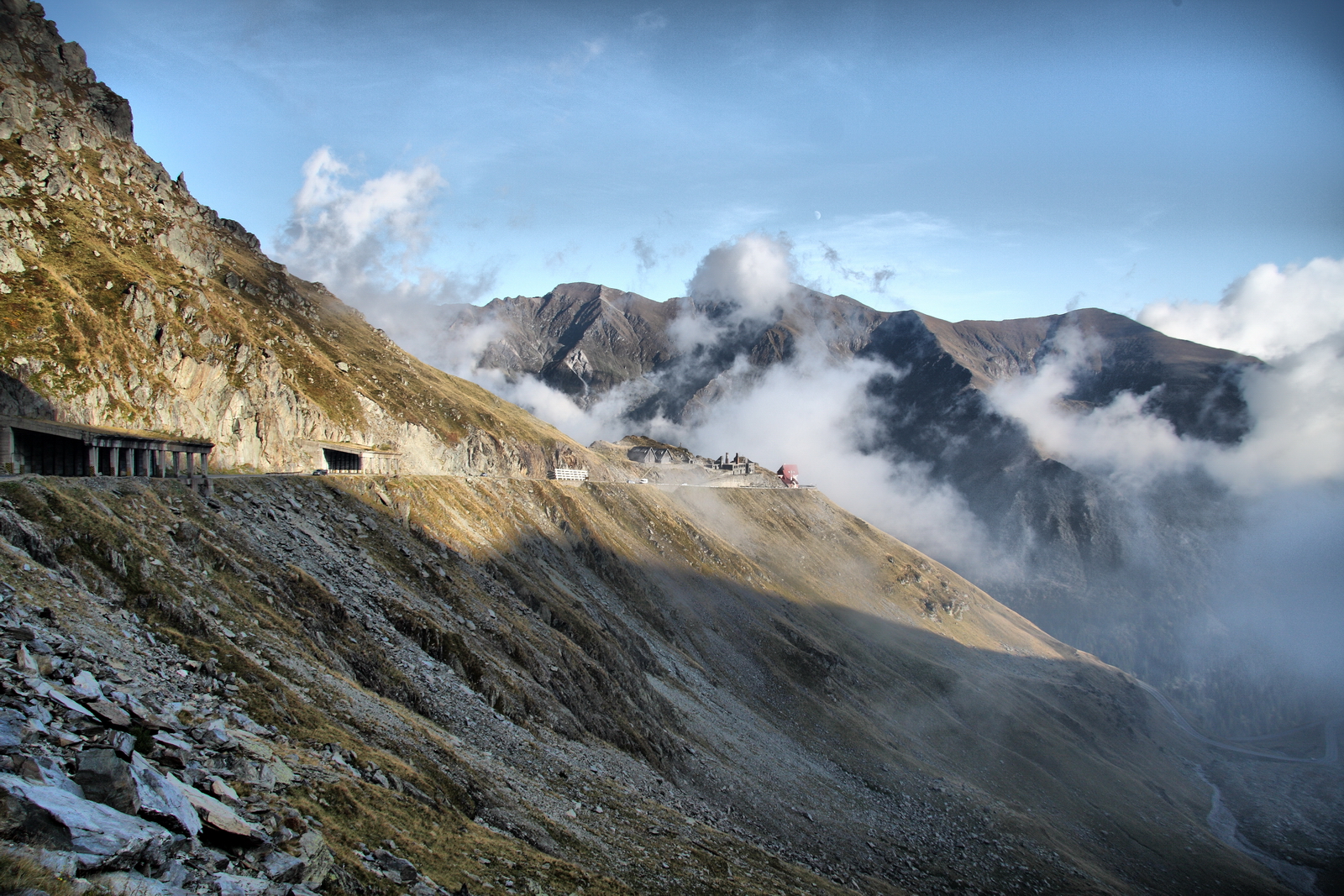
Romania's Carpathian Mountains are a haven for wildlife, including bears, wolves, and lynxes. Budget travelers can explore this pristine wilderness through guided tours and eco-friendly accommodations. The Carpathian Mountains offer a unique opportunity to experience Europe's last remaining wilderness areas, with efforts underway to establish wildlife corridors and protect critical habitats. Visitors can participate in wildlife tracking and conservation programs, gaining insights into the challenges and successes of preserving Europe's natural heritage. The region's rich cultural history and stunning landscapes make it a must-visit for ethical travelers.
Sanctuary Ten: Portugal's Rota Vicentina and the Bonus Surprise
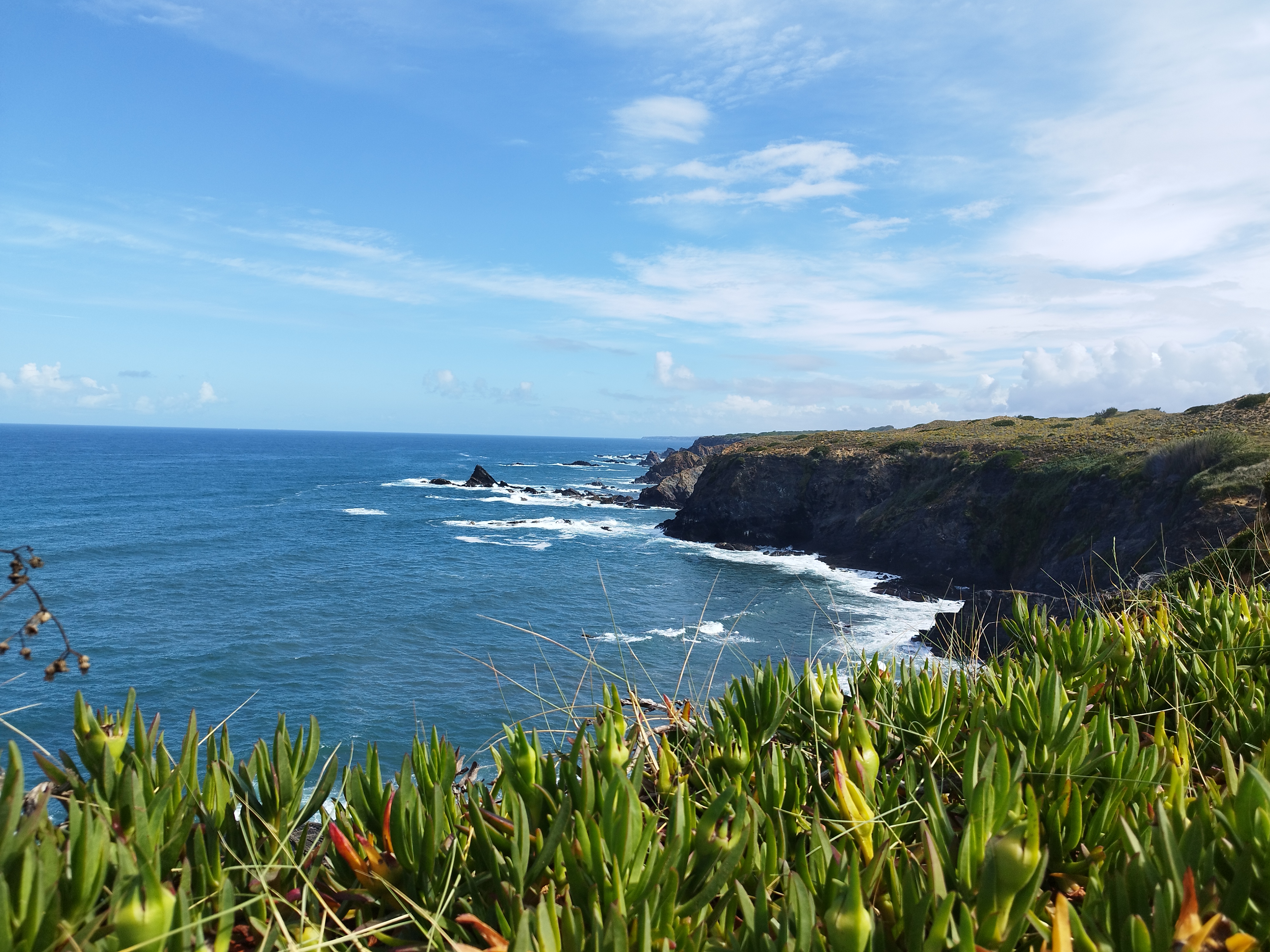
Portugal's Rota Vicentina is a network of walking trails that offer budget travelers an opportunity to explore the country's stunning landscapes and rich cultural heritage. The trails pass through protected areas and traditional villages, promoting sustainable tourism and supporting local communities. Travelers can enjoy the natural beauty of Portugal's coastline while engaging with local culture and traditions. As a bonus surprise, we introduce the concept of digital sanctuaries—online platforms and communities that promote ethical travel and conservation. These virtual spaces connect travelers with like-minded individuals and resources, fostering a global community dedicated to sustainable travel practices.
Leave only footprints. Take only memories.
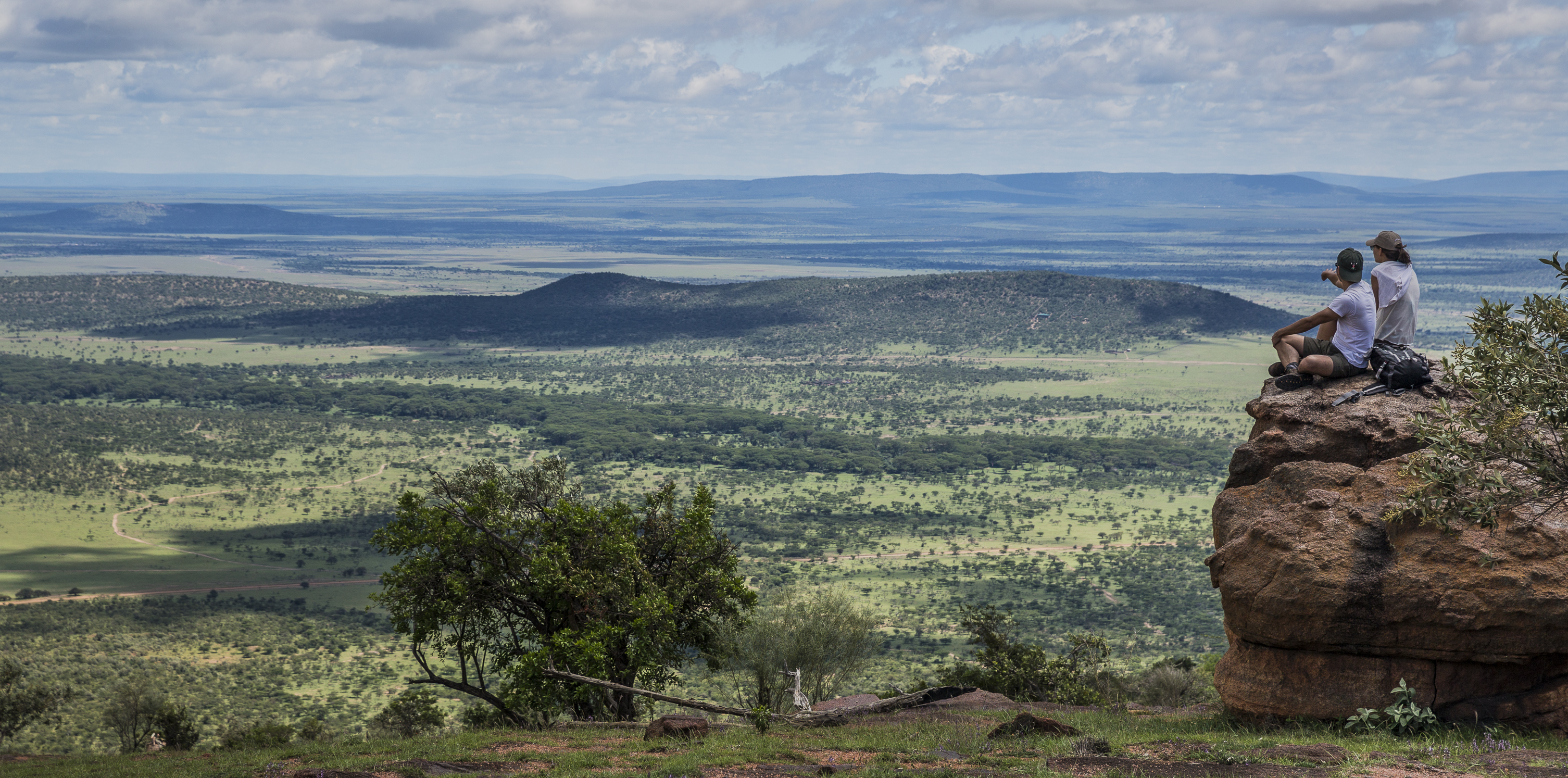
Ethical travel is more than just a choice—it’s a commitment to preserving the planet’s beauty and biodiversity for future generations. By visiting coastal sanctuaries that prioritize sustainability and ethical practices, travelers contribute to vital conservation efforts while experiencing the wonder of nature responsibly. Supporting local communities, respecting their culture, and advocating for responsible tourism are all steps toward fostering a harmonious relationship between exploration and preservation. Each sanctuary visited serves as a reminder of the importance of protecting wildlife and ecosystems, inspiring others to embrace the principles of ethical travel. Together, we can ensure that travel becomes a force for good, leaving behind only footprints and taking away lasting memories.








